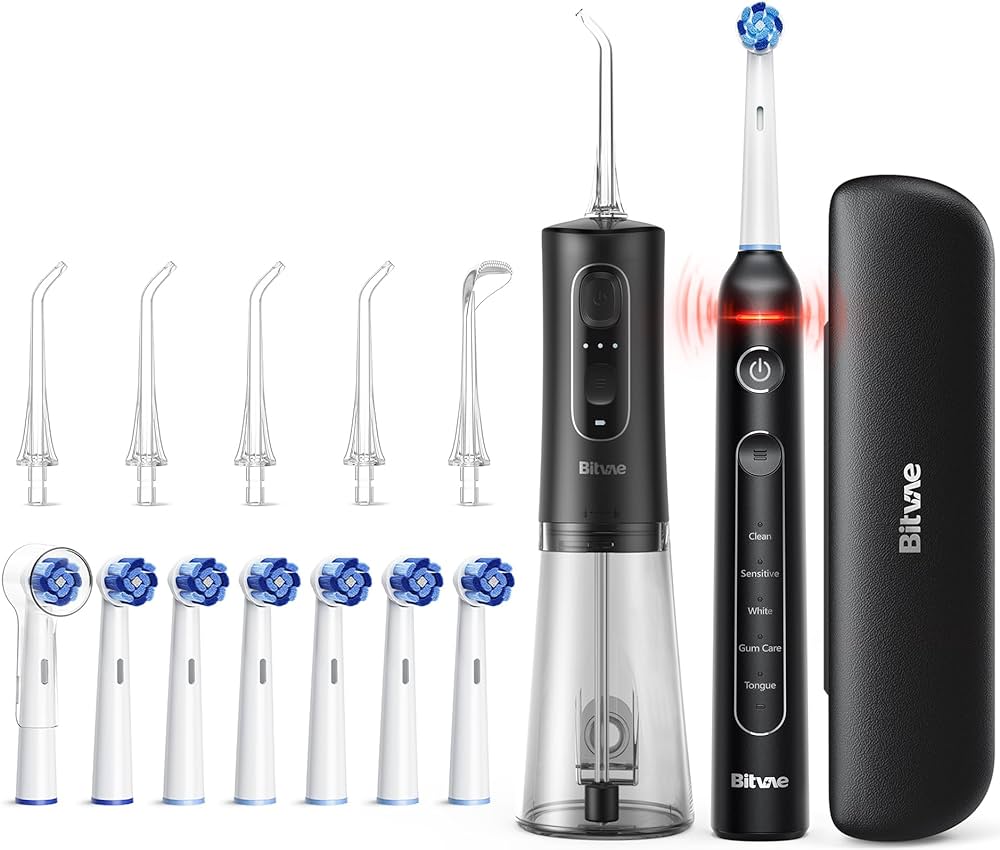
What happens if you don t change your electric toothbrush head?
Introduction
Regularly changing the head of an electric toothbrush is an essential aspect of maintaining good oral hygiene. Over time, toothbrush heads accumulate wear and tear, become less effective at cleaning, and can even harbor bacteria and germs. Failing to change the electric toothbrush head can lead to various consequences, including reduced cleaning efficiency, compromised oral health, increased risk of gum disease, and potential health concerns. In this article, we will explore the specific impacts of not changing the electric toothbrush head and highlight the importance of regular replacement.
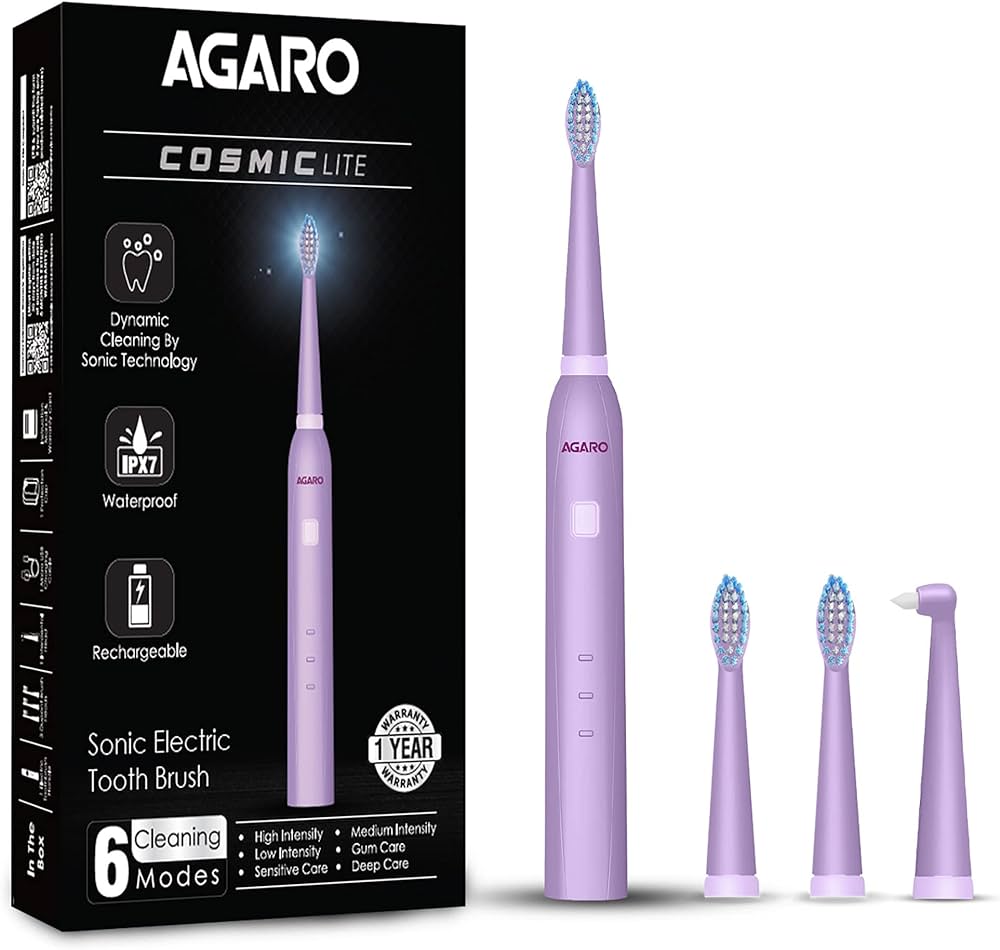
What happens if you don t change your electric toothbrush head?
Reduced cleaning efficiency
One of the primary consequences of not changing the electric toothbrush head is reduced cleaning efficiency. Over time, the bristles on the toothbrush head wear down and become less effective at removing plaque and debris from the teeth and gums. As a result, the toothbrush may not provide a thorough and comprehensive clean, leaving behind residual plaque and bacteria. Inadequate cleaning can lead to oral health issues, such as cavities, gum disease, and bad breath.
Bacterial and germ buildup
Failure to change the electric toothbrush head can result in the accumulation of bacteria and germs on the bristles. During brushing, the toothbrush head comes into contact with bacteria, food particles, and saliva from the mouth. Over time, these microorganisms can multiply and thrive on the bristles, creating an unhealthy environment. Using a toothbrush head with a buildup of bacteria and germs can reintroduce them into the mouth during brushing, increasing the risk of infections and oral health problems.
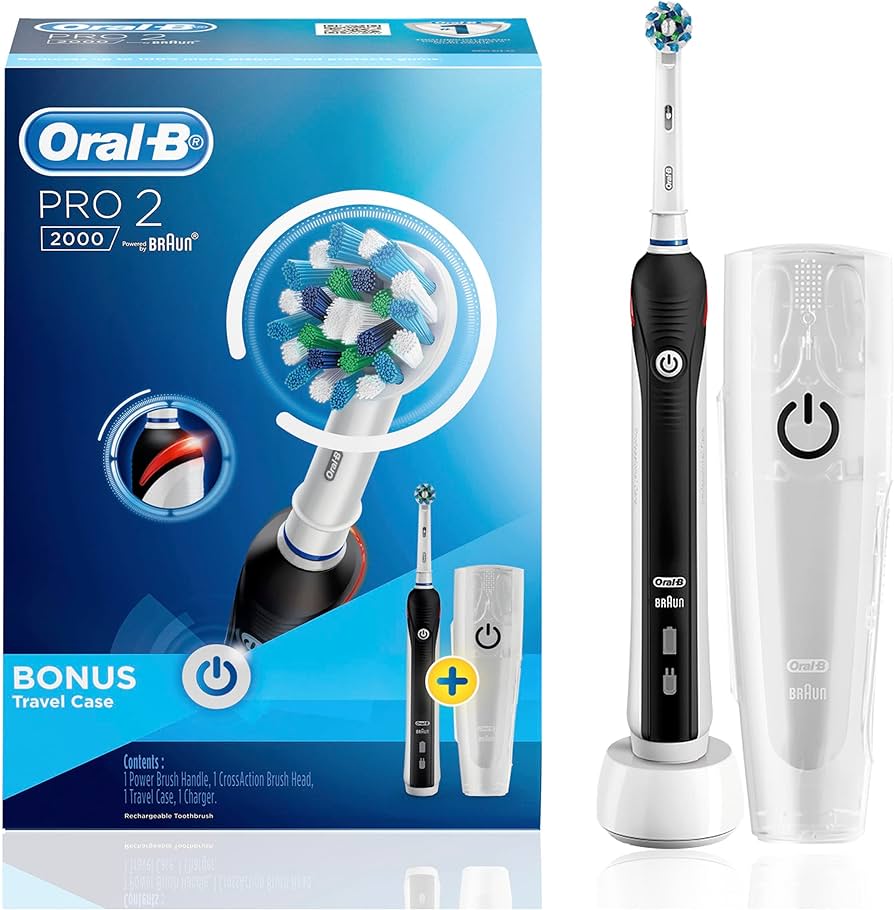
Increased risk of gum disease
Gum disease, also known as periodontal disease, is a common oral health condition characterized by inflammation and infection of the gums. Failing to change the electric toothbrush head regularly can contribute to the development and progression of gum disease. As bacteria and plaque accumulate on the bristles, they can be transferred to the gums during brushing. The presence of these harmful substances can irritate and inflame the gums, leading to gingivitis or more severe forms of periodontal disease if left untreated.
Potential health concerns
Using an old and worn-out electric toothbrush head can pose potential health concerns. The accumulation of bacteria, germs, and other microorganisms on the bristles can increase the risk of infections and oral health problems. Additionally, individuals with compromised immune systems or certain medical conditions may be more susceptible to these health concerns. It is crucial to prioritize oral hygiene and regularly change the toothbrush head to minimize the risk of adverse health effects.
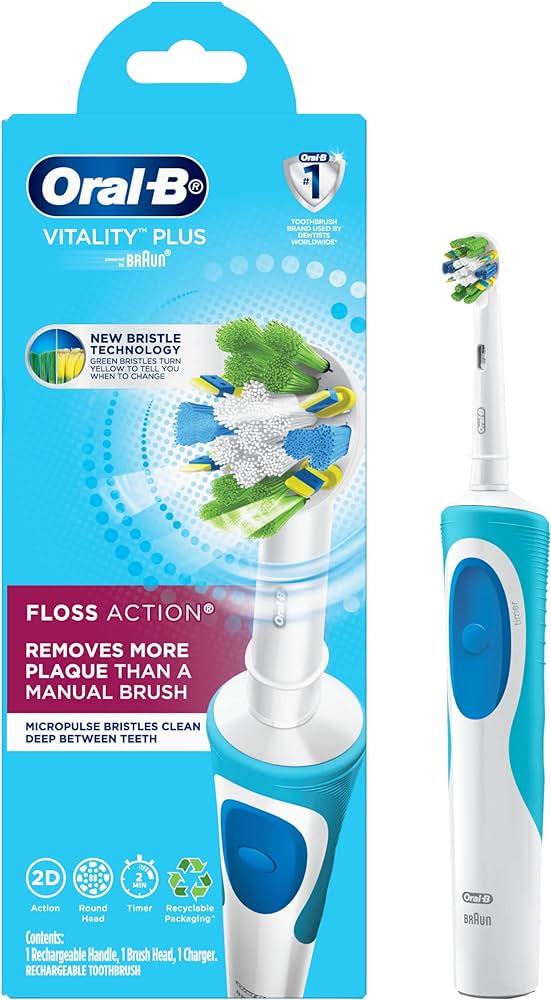
Decreased bristle effectiveness
The bristles on an electric toothbrush head gradually lose their effectiveness over time. They can become frayed, splayed, or flattened, which compromises their ability to reach into crevices, remove plaque, and stimulate the gums. When the bristles lose their shape and texture, they become less efficient at cleaning and may not adequately remove plaque and debris from the teeth and gumline. This can lead to an increased risk of dental issues, such as cavities and gum disease.
Hygiene and cleanliness
Maintaining proper hygiene and cleanliness is crucial for optimal oral health. Not changing the electric toothbrush head can compromise hygiene and cleanliness, as the accumulated bacteria and germs on the bristles can reintroduce harmful substances into the mouth during brushing. Additionally, using an old toothbrush head with worn-out bristles can leave behind plaque and debris, resulting in an unclean feeling and potentially contributing to bad breath.
Recommendation for toothbrush head replacement
To ensure optimal oral hygiene, it is generally recommended to replace the electric toothbrush head every three to four months, or sooner if the bristles show signs of wear. However, it is important to consider individual factors, such as the frequency and technique of brushing, as well as any underlying oral health conditions. Some individuals may need to replace the toothbrush head more frequently to maintain optimal cleanliness and hygiene.
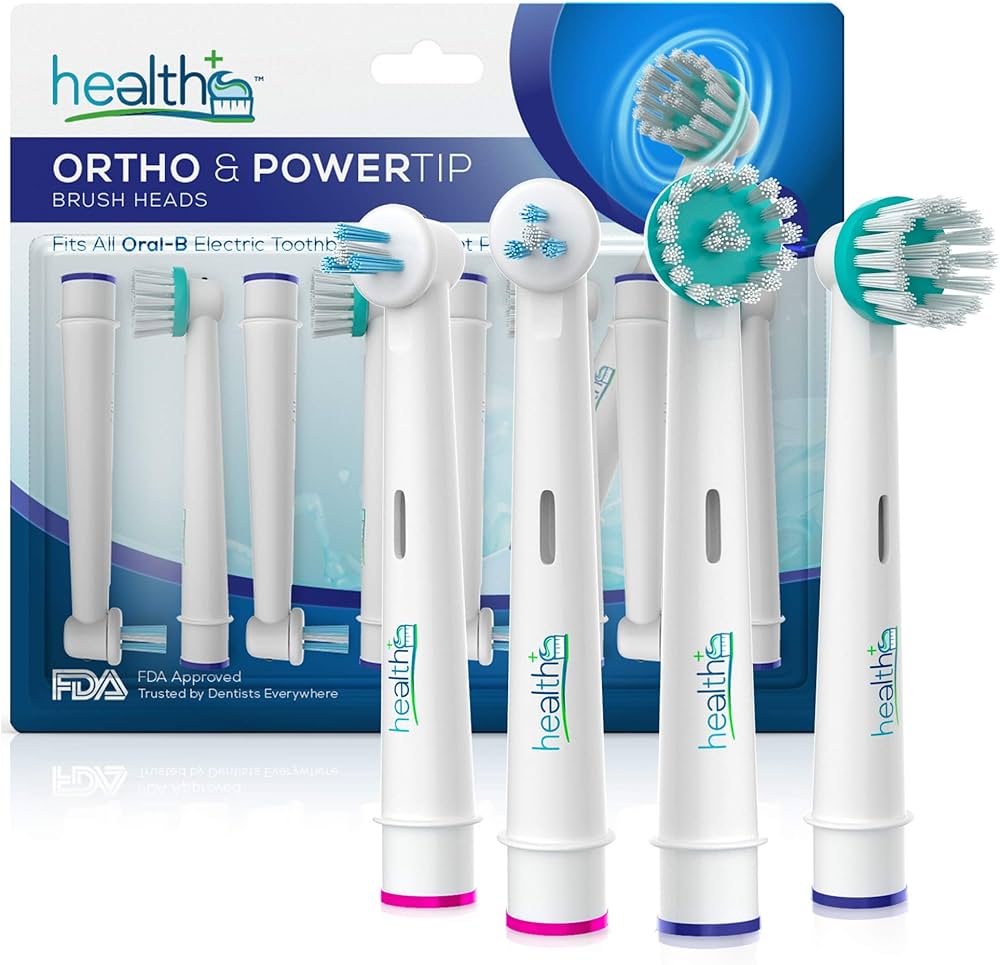
Tips for toothbrush head maintenance
In addition to regular replacement, proper maintenance of the toothbrush head can also contribute to optimal oral hygiene. Here are some tips to help keep the toothbrush head clean and in good condition:
Rinse thoroughly: After each use, thoroughly rinse the toothbrush head under running water to remove any remaining toothpaste, debris, and saliva. This helps prevent the buildup of bacteria and residue on the bristles.
Soak in antibacterial mouthwash: Occasionally soaking the toothbrush head in antibacterial mouthwash can help kill bacteria and freshen the bristles. Follow the instructions on the mouthwash bottle for the appropriate duration of soaking.
Store properly: Store the toothbrush upright in an open, well-ventilated area to allow it to air dry. Avoid covering the toothbrush head, as this can promote moisture buildup and bacterial growth. Keep the toothbrush away from other bathroom items to minimize cross-contamination.
Avoid sharing toothbrushes: Sharing toothbrushes with others should be avoided, as it can increase the risk of transferring bacteria and germs. Each individual should have their own toothbrush and toothbrush head.
Clean the handle: While the focus is often on the toothbrush head, it’s important to keep the handle clean as well. Wipe the handle regularly with a damp cloth or disinfectant wipe to remove any residue or bacteria.
Inspect for wear and damage: Periodically inspect the toothbrush head for wear and damage. If the bristles are frayed, splayed, or flattened, it’s time to replace the toothbrush head even if it hasn’t reached the recommended three to four-month mark.
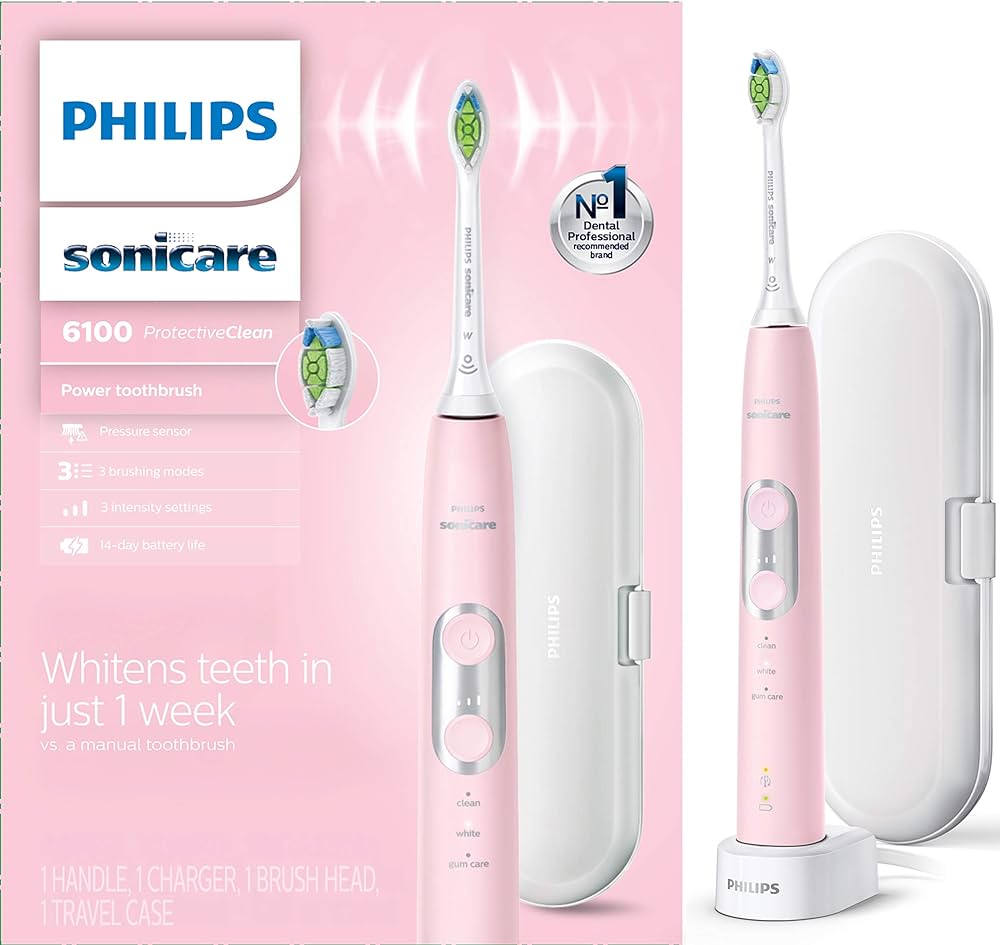
In conclusion
Regularly changing the head of an electric toothbrush is vital for maintaining good oral hygiene and overall health. Failing to replace the toothbrush head can lead to reduced cleaning efficiency, bacterial and germ buildup, an increased risk of gum disease, potential health concerns, decreased bristle effectiveness, and compromised hygiene and cleanliness. To optimize oral health, it is essential to follow the recommended guidelines for toothbrush head replacement and prioritize regular dental check-ups. Regularly replacing the toothbrush head ensures that the bristles remain effective and clean, promoting a healthier mouth and reducing the risk of oral health issues.




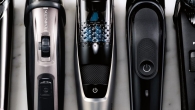
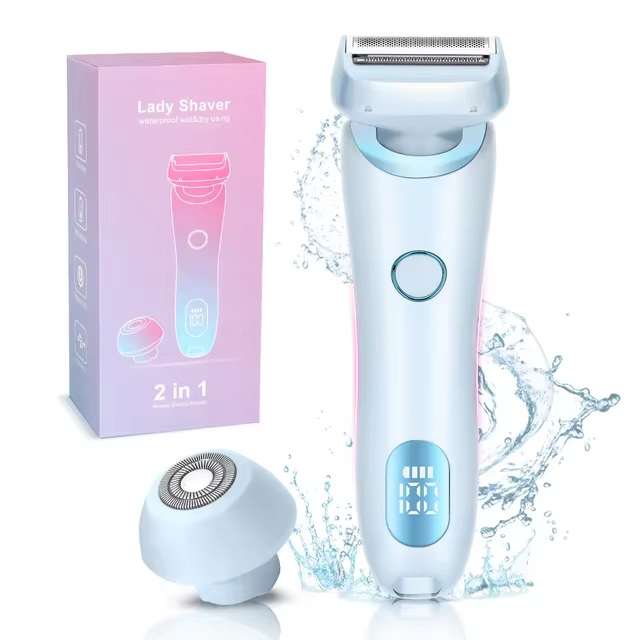
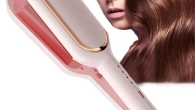
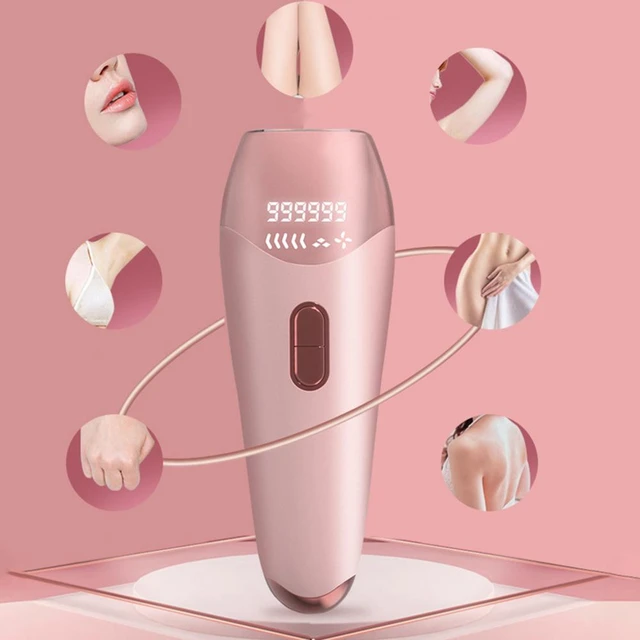
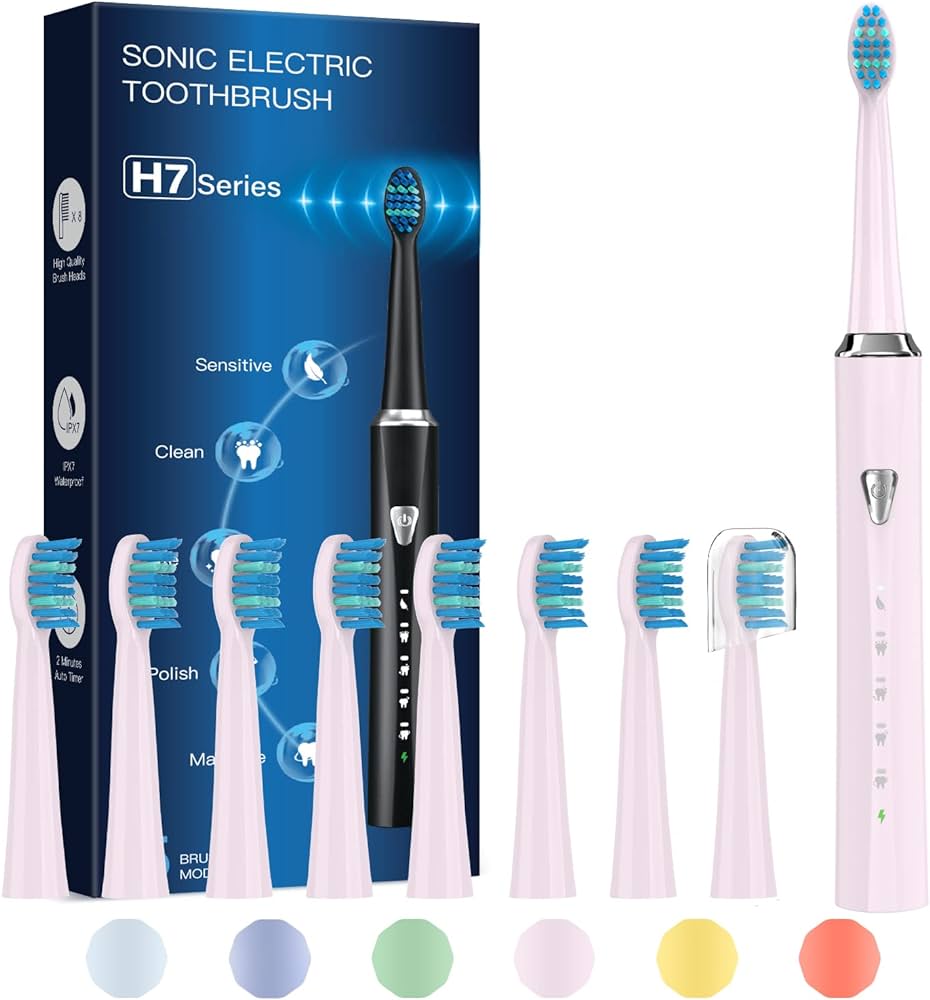
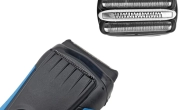
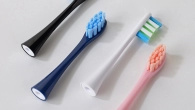
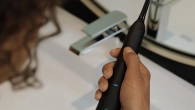
Leave a Reply
You must be logged in to post a comment.